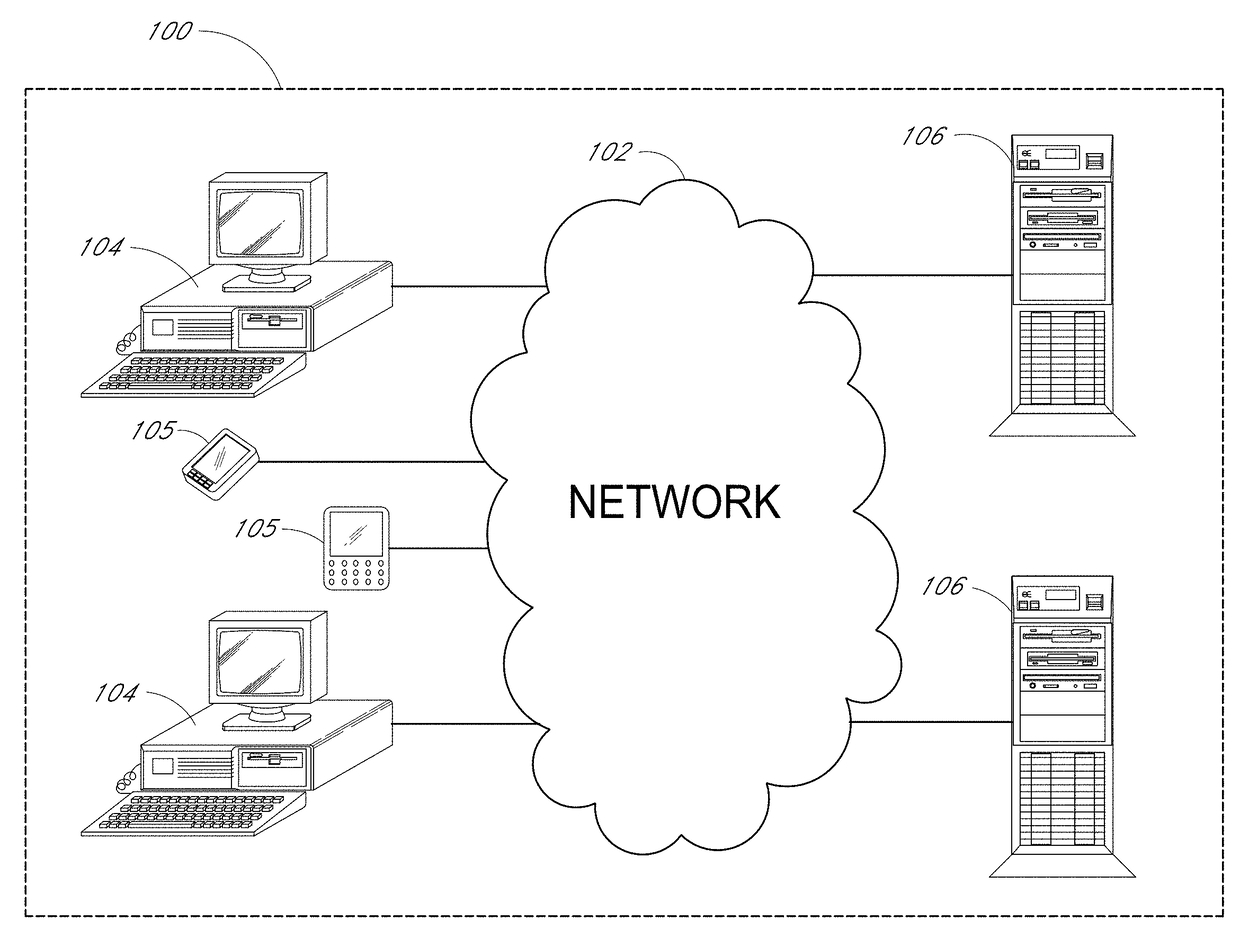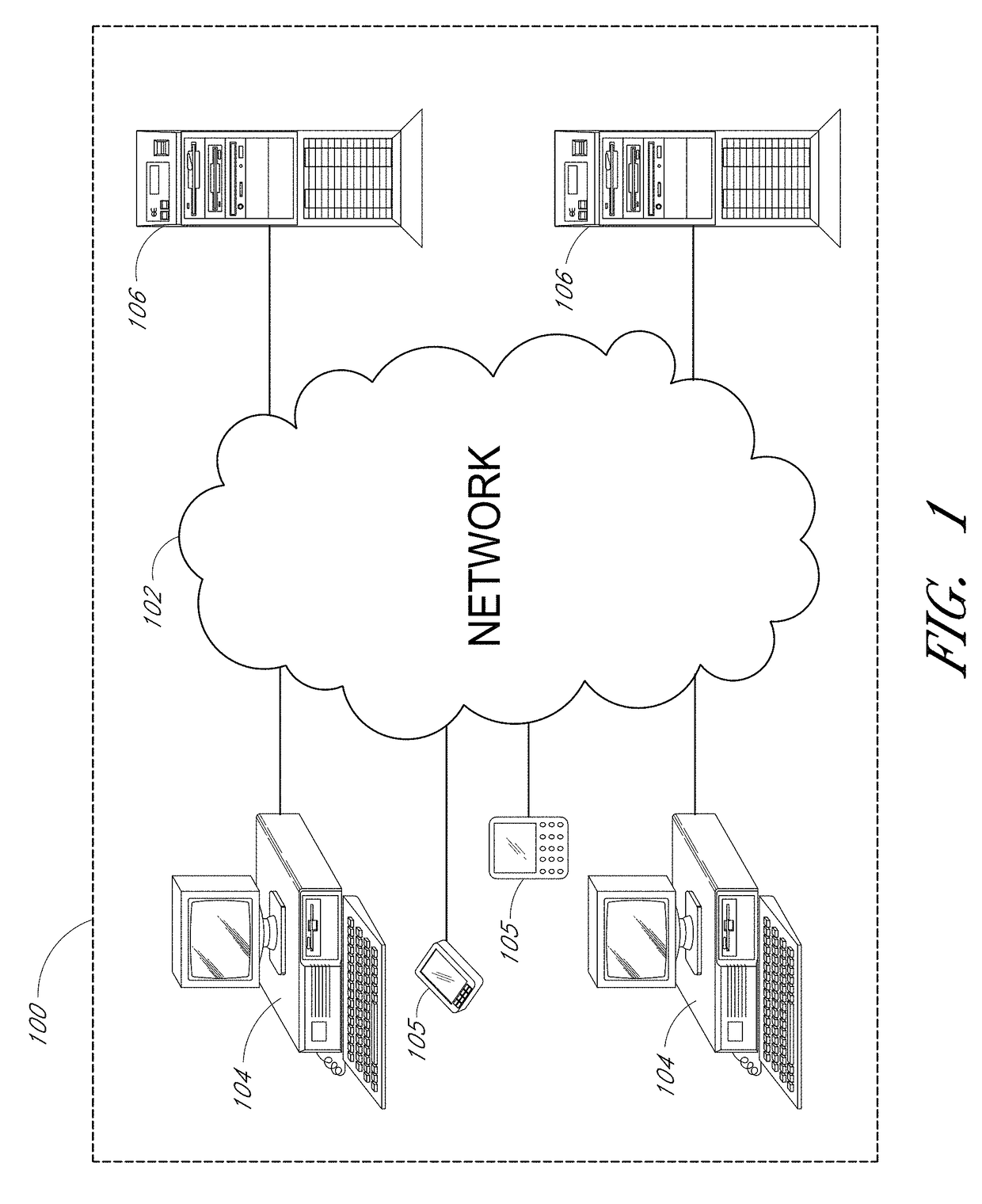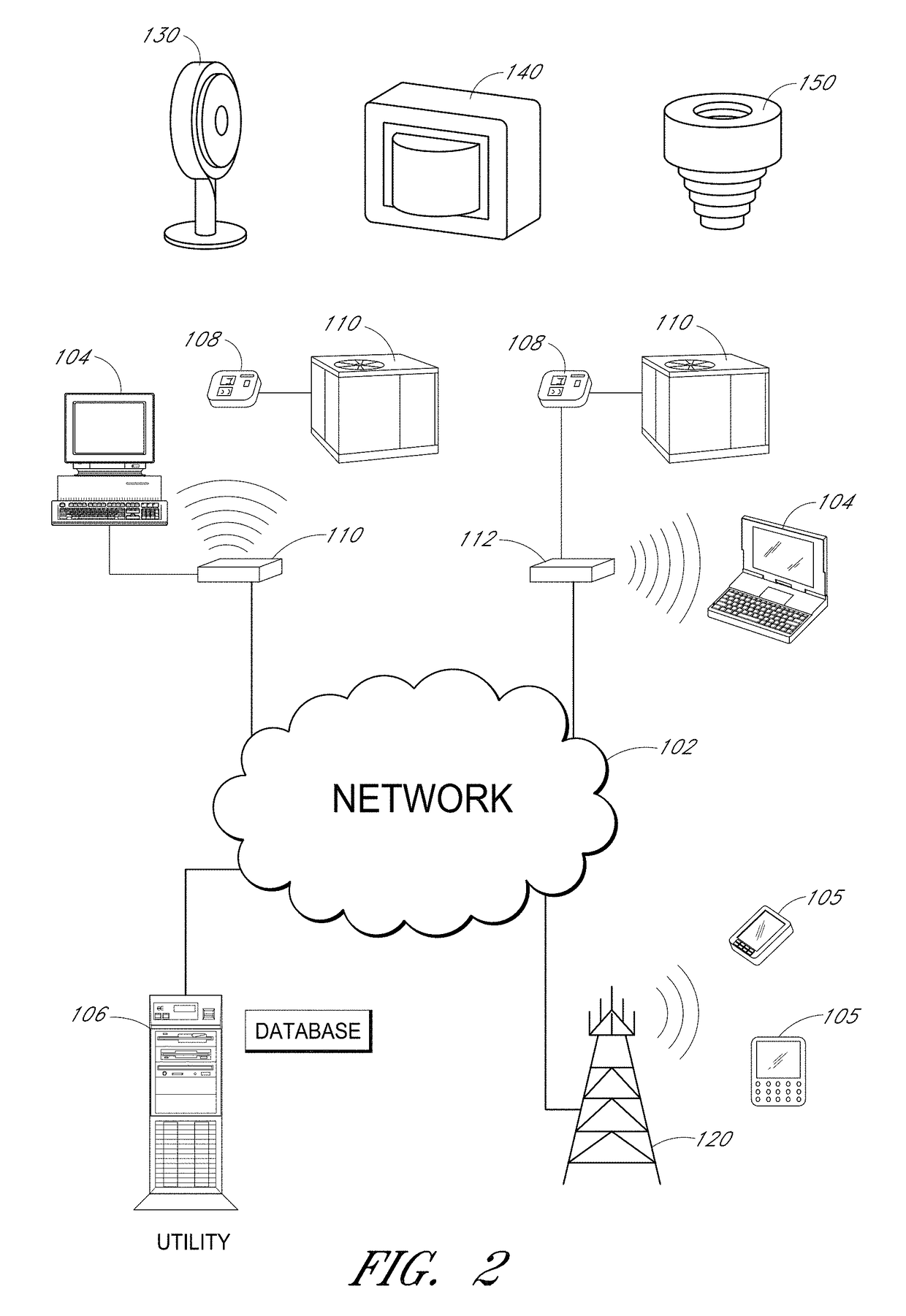These programmable thermostats generally offer a very restrictive
user interface, limited by the cost of the devices, the limited real estate of the small wall-mounted boxes, and the inability to take into account more than two variables: the desired temperature set by the user, and the ambient temperature sensed by the thermostat.
Because the interface of programmable thermostats is so poor, the significant theoretical savings that are possible with them (sometimes cited as 25% of heating and cooling costs) are rarely realized.
A second problem with standard programmable thermostats is that they represent only a small evolutionary step beyond the first, purely mechanical thermostats.
Because most thermostats control
HVAC systems that do not offer infinitely variable output, traditional thermostats are designed to permit the temperature as seen by the thermostat to vary above and below the
setpoint to prevent the HVAC
system from constantly and rapidly
cycling on and off, which is inefficient and harmful to the HVAC
system.
But such thermostats have proven to be only minimally effective in practice.
Because they have such primitive user interfaces, they are difficult to program, and so many users never bother at all, or set them up once and do not alter the
programming even if their schedules change.
Another limitation of conventional thermostats may arise when a home contains more than one HVAC
system, which generally means that it has more than one thermostat.
It has generally not been possible to control both systems from a single location.
Thus, for example, if a given home has one system for upstairs and one for downstairs, it has not been feasible to turn off both systems from the thermostat nearest the door when leaving the house, for example.
In the hotel industry, the heating and cooling decisions made in hundred or even thousands of individual rooms with independently controlled HVAC systems are aggregated into a single energy bill, so hotel owners and managers are sensitive to
energy consumption by those systems.
Hotel guests often turn the air conditioner to a low temperature setting and then leave the room for hours at a time, thereby
wasting considerable energy.
However, because most hotels give each guest two cards, it is easy to simply leave the extra card in the slot, thus defeating the purpose of the system.
But the systems used in hotels do not easily transfer to the single-family residential context.
A single motion sensor in the average home today would have limited value because there are likely to be many places one or more people could be home and active yet invisible to the motion sensor.
But thermostats are generally located in hallways, and thus are unlikely to be exposed to the areas where people tend to spend their time.
Wiring a home with multiple
motion sensors in order to maximize the chances of detecting occupants would involve considerable expense, both for the sensors themselves and for the considerable cost of installation, especially in the retrofit market.
Yet if control is ceded to a single-
sensor system that cannot reliably detect presence, the resulting errors would likely lead the homeowner to reject the system.
But systems that rely on active management decisions by consumers are likely to yield sub-optimal
energy management outcomes, because consumers are unlikely to devote the attention and effort required to fully optimize energy use on a daily basis.
When a
consumer owns more than one or two of such devices, managing them can become complex and frustrating.
 Login to View More
Login to View More  Login to View More
Login to View More 


